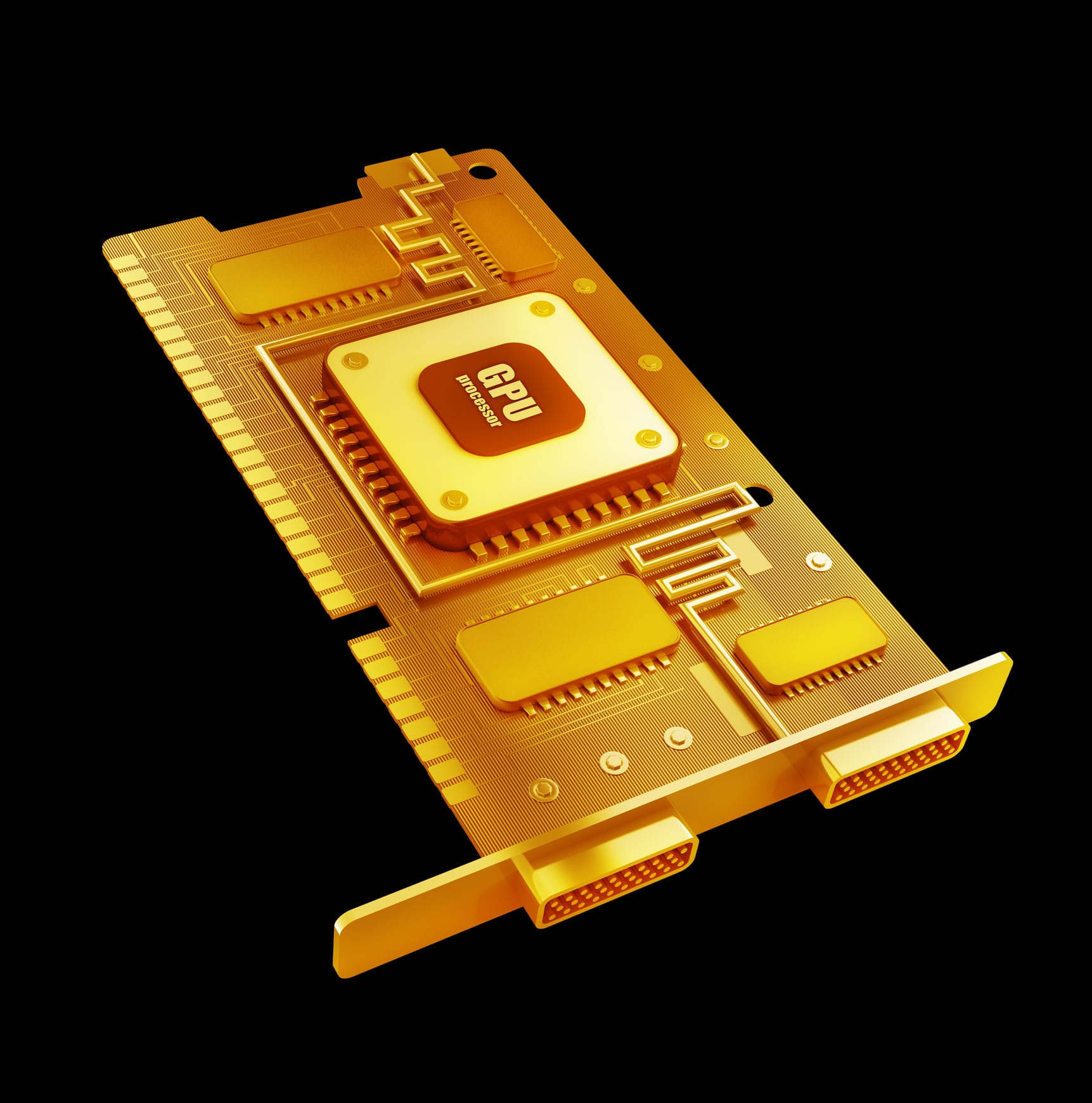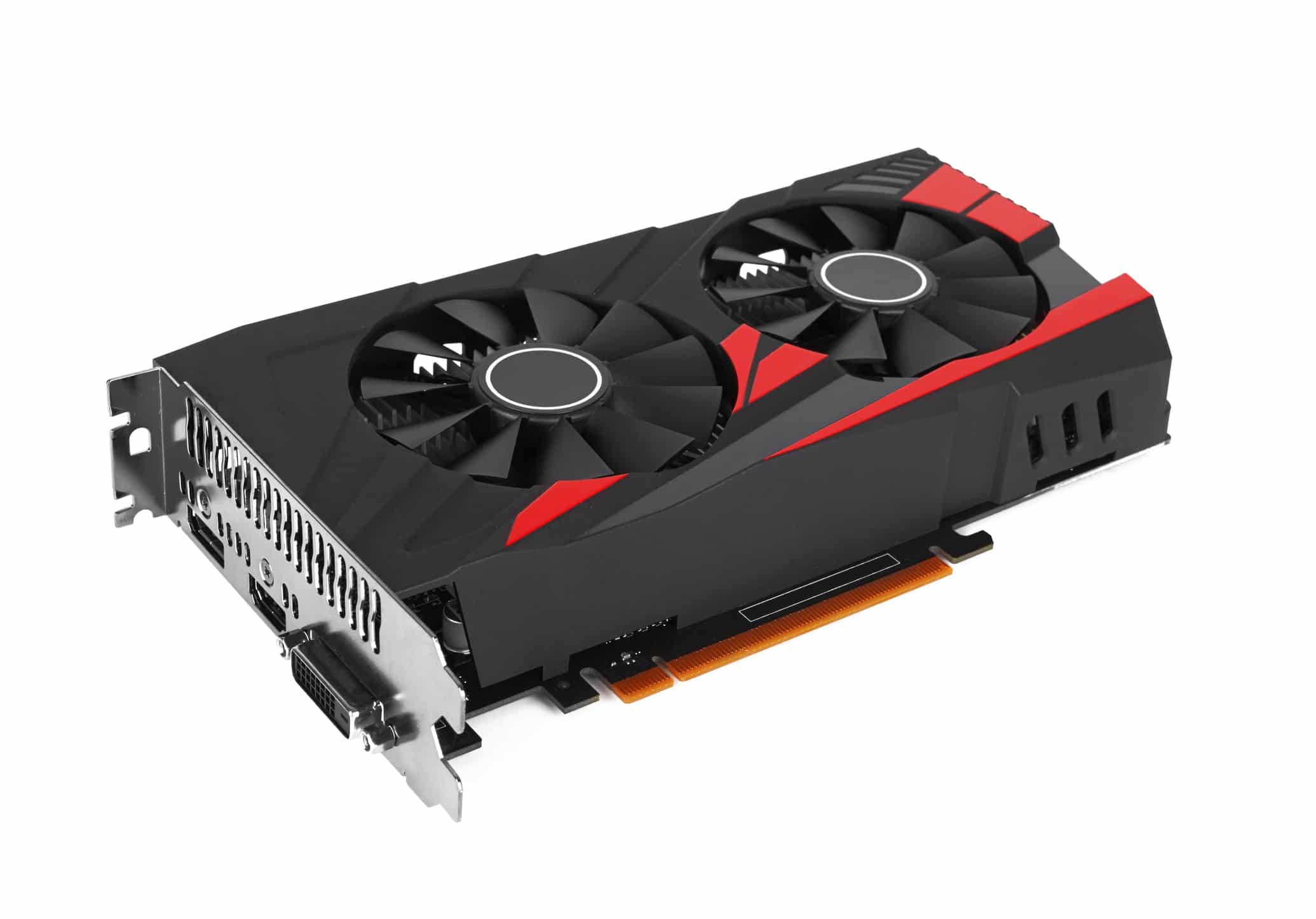We’ve just updated the Windows build of our Triton Ocean SDK to use the latest version of NVidia’s CUDA Toolkit: 11.1. This allows Triton to take full advantage of the latest GTX 30xx cards. There is a catch, however –...
Uncategorized
We try our best to avoid API changes, as we know you have better things to do with your time. Sometimes however it’s unavoidable, and this is at least an easy one to handle. The short version is: CloudLayer::Create() now...
As of version 4.35, the Triton Ocean SDK now links against NVidia’s CUDA Toolkit 11.0 for x64 targets in Visual Studio 2012 and newer. This means that if you are building Triton from source, you’ll first need to install NVidia’s...
A quick heads-up: in SilverLining version 5.072, we have refactored our OpenGL code such that the same GLSL shaders are shared between our OPENGL and OPENGL32CORE renderers. This made it easier for us to implement uniform buffer object (UBO) support...
Our latest release of the SilverLining Sky, 3D Cloud, and Weather SDK includes richer lighting effects on our simulated 3D cumulus and stratocumulus clouds. These improvements give the clouds a better sense of depth, with more pronounced highlights from the...
Many customers are really pushing SilverLining to its limits, with dense cloud layers extending far to the horizon. Maintaining high framerates in these simulated conditions requires making smart choices in how you configure your cloud layers. Previously, we’ve posted performance...
It’s been awhile since we published a white paper! But we’ve got a new one ready for you: GPU-Accelerated Simulation of Complex Ocean Waves for Maritime Training. In this paper, we detail how the Triton Ocean SDK works its magic...
The SilverLining Sky, 3D Cloud, and Weather SDK version 5.064 was just released, and it includes some exciting performance improvements for customers using our OpenGL 3.2 renderer! Precipitation effects, including rain, sleet, snow, and mixed precipitation, now render over twice...











